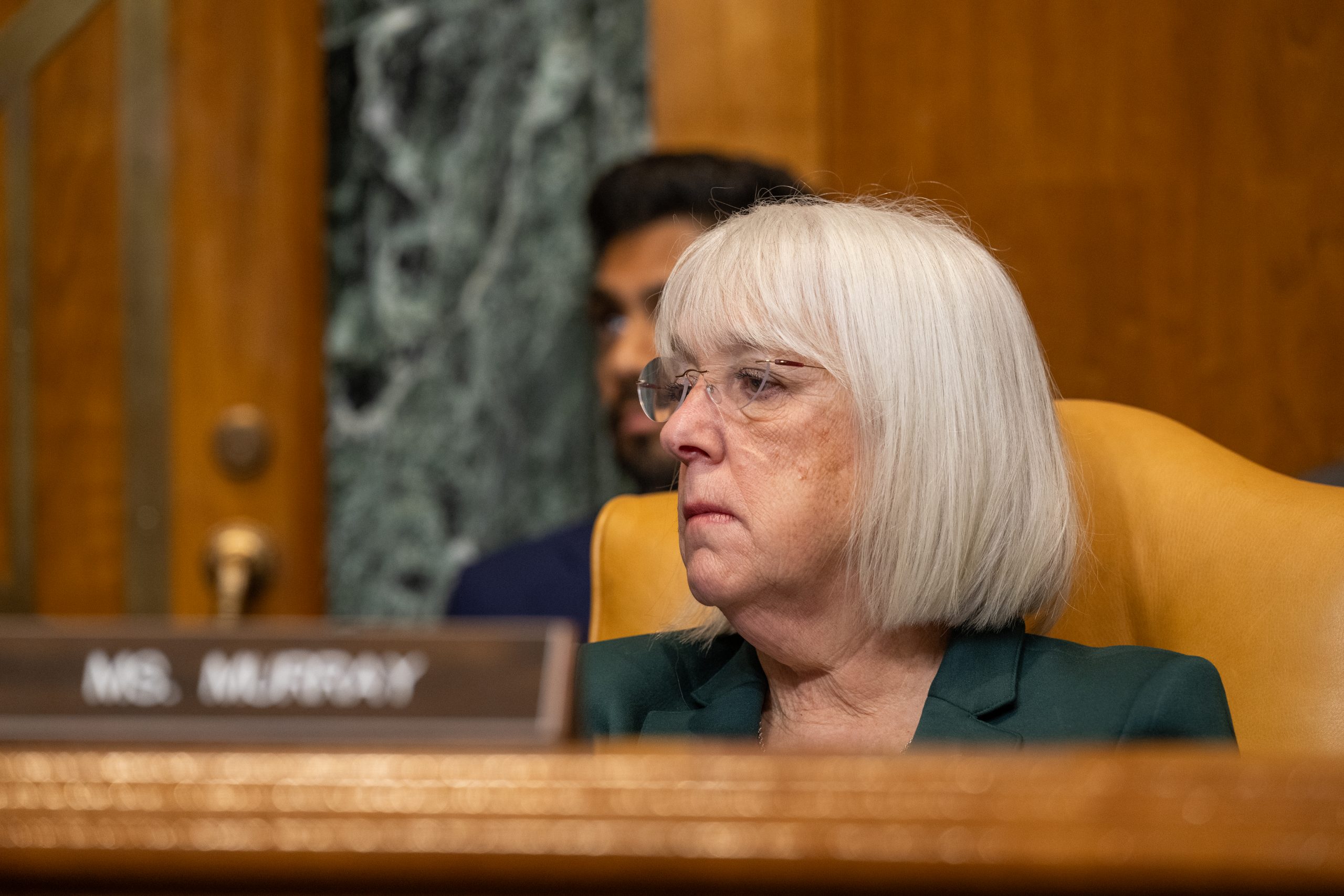ICYMI: Murray Introduces Bipartisan Bill to Protect Rural Veterans’ Access to Lifesaving Emergency Medical Transportation
As Appropriations Chair, Murray secured a record $343 million for VA Rural Health Care, including expanded access to transportation and telehealth
***VIDEO of Senator Murray’s Full Q&A AQUÍ***
Washington DC - Today, U.S. Senator Patty Murray (D-WA), a senior member and former chair of the Senate Veterans’ Affairs Committee, attended a Veterans’ Affairs Committee audiencia titled “Frontier Health Care: Ensuring Veterans’ Access No Matter Where They Live.” At the hearing, Murray questioned Dr. Peter Kaboli, Executive Director of the Office of Rural Health at the Department of Veterans Affairs (VA)’s Veterans Health Administration about VA’s efforts to address food insecurity for rural veterans and how VA is working to improve telehealth access for rural veterans and particularly Native American veterans on Tribal lands.
Murray began by noting that rural veterans are more likely than other veterans to live in poverty and almost half of rural veterans earn less than $35,000 a year. Food-insecure veterans also are consistently less likely than their nonveteran peers to be enrolled in SNAP. Last year, Murray led a bipartisan, bicameral call to the leadership of the Senate and House Armed Services Committees urging them to expand the Basic Needs Allowance (BNA) program to address the growing number of servicemembers who are food insecure.
“As Chair of the Appropriations Committee, I want to make sure we are meeting all of the needs of our veterans—such as battling food insecurity—while still funding VA medical care,” Murray dijo. “VA medical care is critically important but it is a skyrocketing cost within NDD [nondefense discretionary spending], which is why I have argued for making it its own separate, third funding category—so we can better avoid pitting its funding against the funding of other important programs for veterans.”
Murray asked Dr. Kaboli, “I know VA has worked to implement a screening process to identify veterans at risk of food insecurity, but how can VA improve its process to more accurately identify veterans who are experiencing that?”
“I think we’re all learning at how best to do that, and how to act on, you know, positive findings from it [ACORN Screen]. I mean, this is where our social workers are just an incredible asset, because they’re the ones once we can make the referral to them, to then connect them to resources in the community, or if they’re eligible for SNAP or other programs. So that’s one of the key things, I think, to say how we’re going to do it is to use the screen, and then as people screen positive how do you act upon it,” said Dr. Kaboli.
Murray then turned to the specific challenges facing Native American veterans, who serve in the military at a rate five times the national average. In Washington state alone, there are about 6,500 Native American veterans. Tribal lands tend to be even more remote and isolated from medical services, and Murray noted that 35% of housing units on Tribal land lack sufficient broadband access. Last year, Murray introducido a bill to expand nutrition assistance to Tribal families by allowing individuals who are eligible for both Supplemental Nutrition Assistance Program (SNAP) and the Food Distribution Program on Indian Reservations (FDPIR) to use both programs in the same month. Murray asked Dr. Kaboli, “This is a huge issue for Native American veterans who rely on telehealth services to access care. Now, I know the VA has made progress in that area, but more needs to be done. What are some ways VA is working to help more rural veterans access telehealth? Is VA looking to expand broadband internet access in tribal areas?”
“We’re to the point now with satellite internet and expansion of other broadband mechanisms, that it’s available almost anywhere, but it’s whether you can afford it or not. You can sign up for some of these services at $100 a month, but if you don’t have $100 a month, it’s hard to afford. So I think, a few things that we do, one is to ensure that there are other sites, you know, they can get telehealth at community-based clinics, or that they can log in from family members or other places. It is hard on tribal lands, and we’re working with the Indian Health Service on programs that can potentially help with that,” Dr. Kaboli responded.
###


